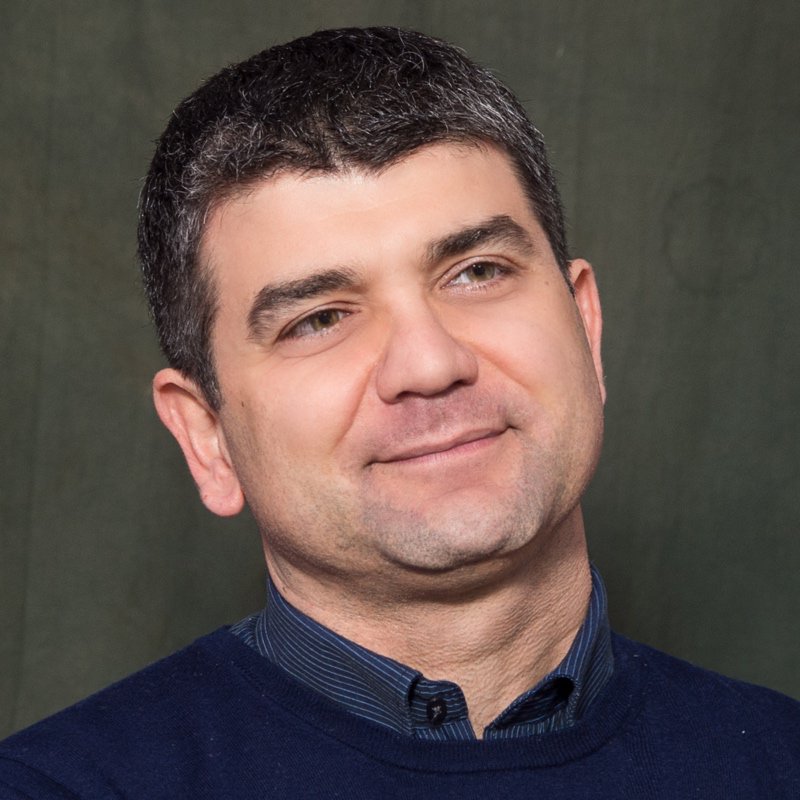Lean Team – The Continuous Product Discovery and Delivery Team, Sep 28-29 2017

The course is available both in Swedish and English, depending on audience.
Agile made us realise that we should work in teams that are cross-functional, teams that have a wide range of competences. That requires us to find new ways of cooperating to avoid hand-overs in a team with everyone in their own silo. Here you and your team are given tools and ways of working to enable a continuous product discovery and delivery based on ideas from Lean UX and Agile practices.
When we stop making plans on what and how we shall build and starts filling the backlog with hypothesis and needs, aiming towards a desired impact – then we can discover continuously what we should build.
Here is a case study where we try to show how this is done practically: Continuous Discovery and Validation
What you will learn
 We play the game X-team Silos Game to reflect on ways of working.
We play the game X-team Silos Game to reflect on ways of working.
We kick-start this experience based course by insights into the problem of working in silos within a team by playing the game: ”X-team Silos Game”. A game we developed specifically for this course to invoke discussions on our ways of working.
Impact Mapping
– an introduction to the tool that visualises our assumptions about the connection between business goals, users, their behaviour and our product. It also help us to find which measurements we should use to validate these assumptions. Gives an overall view quickly and simply. Read here the developer’s take on Impact Mapping.
Goobing
– get out of the building and meet users and customers to understand their needs and validate, or invalidate, your hypothesis and soon as possible.
Hypothesis-driven development
– by forming hypothesis, either based on collected data or assumptions, we can quickly learn about our target audience, what would be a good feature or design. And throw away the rest.
Quick prototyping
– quickly creating prototypes to validate with real users is a cornerstone of Lean UX. When working as an Agile team, it is the team’s responsibility, during the sprint.
Time-boxed idea-generation
– cooperating in short time-boxes where the whole team is engaged in solving problems, contributing each with their competence. Time-boxes stimulates to generation of many ideas and see things from different perspectives. Helps us understand what to build and identify risks. On this course we teach you to use Design Studio.
Experiments and MVP
– experiments is what we plan for all the time, independently of where in the product life cycle we are. The team constantly asks itself ”What is the minimum we can do to learn more?”. The Minimum Valuable Product is not only the smallest possible release but also the shortest path to learning.
What other say about this course

Tweets about the Lean Team course
Who this course is for
This is for a high performance Lean Team, bring the whole team!
– Developer
– Usability expert
– Designer
– Product Owner
– Web analytic
– Tester
– Support
Anyone with some view on the product, is a member of the Lean Team.














